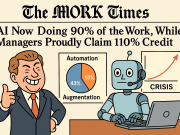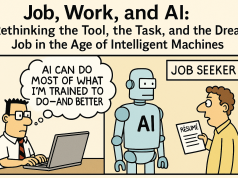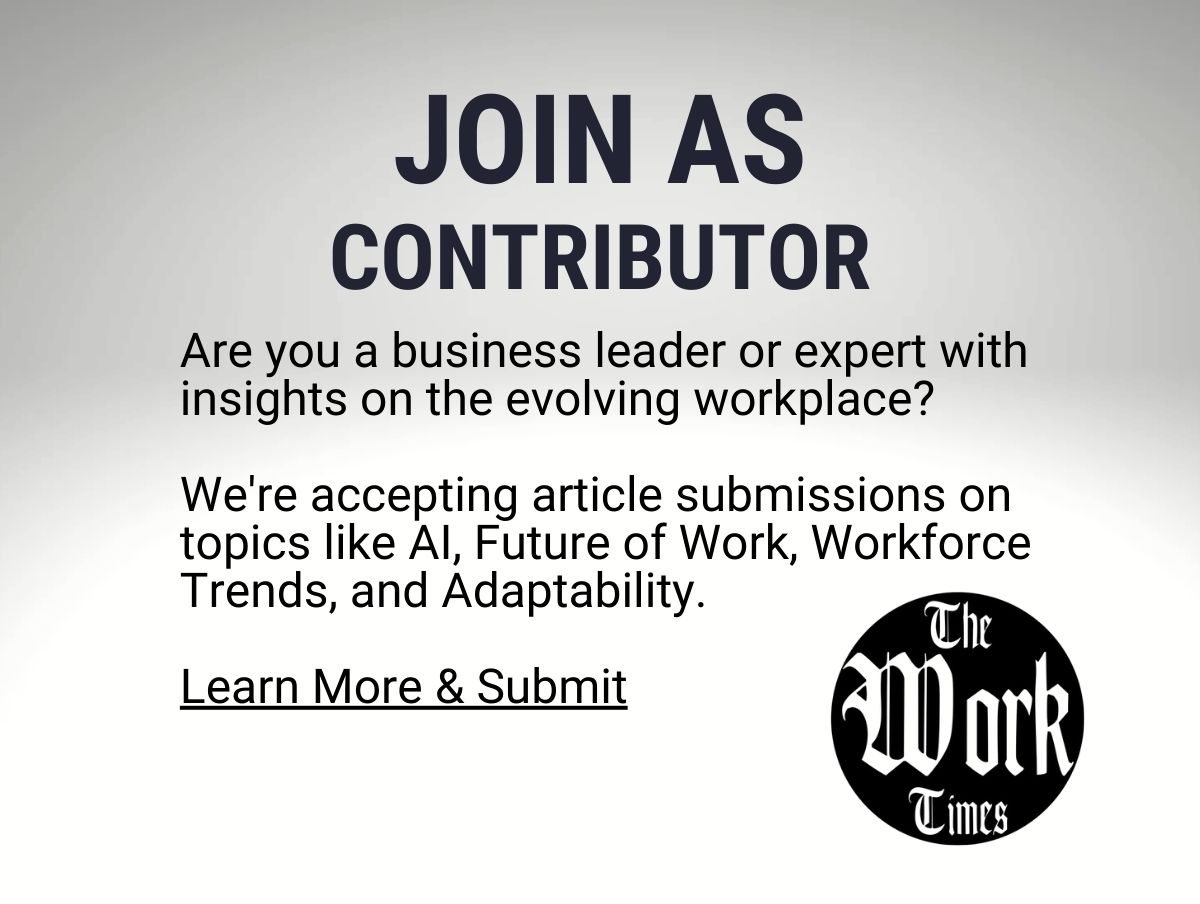When it comes to job searching, most people rely on job boards, company career pages, and recruitment agencies. But here’s the hard truth—many of the best roles are never posted publicly.
Welcome to the hidden job market, where opportunities are filled internally, through referrals, or by people already known to the company. Research suggests that 70% to 80% of job openings are part of this invisible market, often snatched up before they’re ever posted on a website.
For job seekers, this might sound discouraging. But with the right strategies and tools, the hidden job market becomes an advantage rather than an obstacle.
This blog dives into the practical, underused, and highly effective ways to tap into unadvertised jobs, combining traditional networking with modern approaches.
What Is the Hidden Job Market and Why Does It Matter?
The hidden job market refers to the realm of job opportunities filled through internal promotions, direct recommendations, referrals, or proactive outreach, rather than open applications.
Why companies prefer the hidden job market:
- Trust and risk reduction: Hiring people referred by employees, partners, or known contacts minimizes the chances of hiring mistakes.
- Cost-effective: Companies save on advertising, recruitment fees, and screening hundreds of applications.
- Faster hiring process: They can skip time-consuming job postings and interviews by moving candidates from within their network.
For you, this means:
- Less competition—often just a handful of candidates are considered.
- Opportunities tailored to your skills and ambitions.
- Higher likelihood of success if you position yourself correctly.
Ignoring the hidden job market means competing with hundreds of applicants for posted roles while missing out on unadvertised gems.
Leveraging Professional Networks and Alumni Connections
Networking is the backbone of accessing the hidden job market. But it’s not just about adding connections on LinkedIn.
Build meaningful relationships:
- Reconnect with old colleagues, classmates, and professional contacts.
- Attend alumni events, reunions, and webinars—shared experiences foster quick trust.
- Use your alumni network smartly—most universities have active directories, LinkedIn groups, and mentorship programs.
Pro tips:
- Be specific: When reconnecting, mention why you’re reaching out and how you admire their career path.
- Offer value first: Share articles, congratulate them on milestones, or offer introductions from your network.
- Stay visible: Engage with their posts, comment thoughtfully, and keep the relationship warm—not just when you need something.
Remember: People help those they know, like, and trust—not strangers who suddenly appear with an ask.
Mastering the Art of Informational Interviews
Informational interviews are one of the most effective ways to learn about unadvertised roles and make yourself known before jobs exist.
How to set them up:
- Identify professionals in your target companies or industries.
- Reach out with a genuine request for a 15–20-minute virtual coffee chat—make it clear you’re seeking insights, not a job.
- Prepare questions that showcase your research and interest, such as:
- What’s one thing you wish you knew before entering this industry?
- What kinds of roles are emerging in your department?
- How do people typically get hired at your company?
- What’s one thing you wish you knew before entering this industry?
Why they work:
- People love talking about themselves and offering advice.
- You position yourself as curious, motivated, and proactive.
- If they hear of an opening, you’re top of mind.
Bonus tip: After the conversation, send a thank-you email and follow up occasionally with relevant updates or questions.
Engaging in Industry-Specific Events and Forums
Job events, virtual job fairs, forums, and industry meetups are not just about handing out resumes—they’re about creating visibility and building relationships with hiring managers and peers.
Where to look:
- Tao.ai’s virtual job events—sector-specific networking rooms.
- Industry associations—like AMA (Marketing), IEEE (Engineering), or SHRM (HR).
- Niche forums and Slack groups—highly active in tech, healthcare, AI, and creative sectors.
- Webinars and workshops—especially those with Q&A sessions and breakouts.
How to stand out:
- Be a participant, not a spectator—ask questions, join breakout rooms, engage in discussions.
- Follow up after events—send personalized LinkedIn messages mentioning the session or speaker.
- Offer to contribute—volunteer at events or offer to moderate discussions.
Proactive Outreach to Companies and Decision-Makers
Sometimes the best roles are created because you sparked the conversation.
How to do proactive outreach:
- Research companies that align with your values, goals, and skills.
- Find key decision-makers or team leads using LinkedIn.
- Craft a concise, personalized email, such as:
Hi [Name], I’ve been following your company’s work in [area], and I admire [specific project]. I’d love to connect and learn about your team’s future priorities. If you’re open, I’d appreciate a brief chat to explore where my skills in [skill] could contribute.
Why it works:
- Shows initiative, curiosity, and confidence.
- Gets you noticed when no formal opening exists.
- Often leads to internal referrals or at least early conversations when roles emerge.
Bonus Strategies: Little-Known Ways to Tap the Hidden Market
- Reverse engineer job postings: Find roles you love, research the company, and approach them even if that role is closed.
- Monitor funding news: Companies who recently raised capital are often hiring aggressively—before they post ads.
- Participate in beta user groups or product communities: These spaces often lead to inside connections.
- Use employee advocacy programs: Many companies reward employees for referrals—ask your network how to be referred internally.
Final Thoughts: Build Before You Need It
The secret to mastering the hidden job market is consistency and relationship-building over time, not quick asks when you’re in urgent need of a job.
By nurturing your network, engaging authentically at events, and conducting strategic outreach, you position yourself in the flow of unadvertised opportunities.
Don’t just apply for jobs—create them.




























